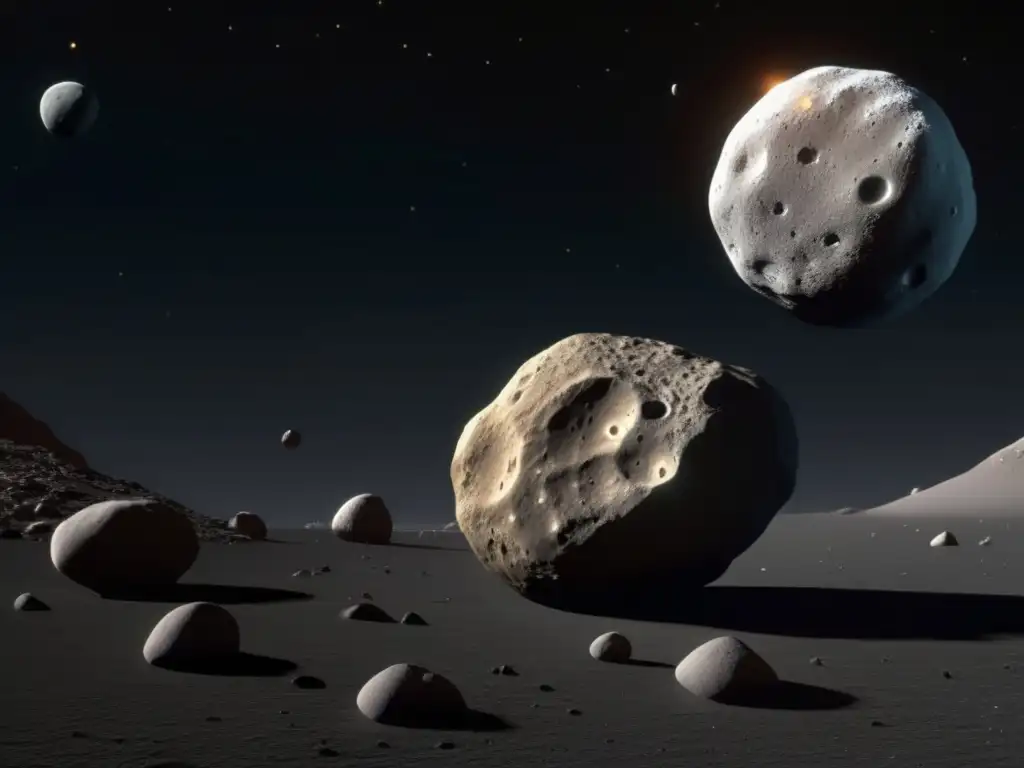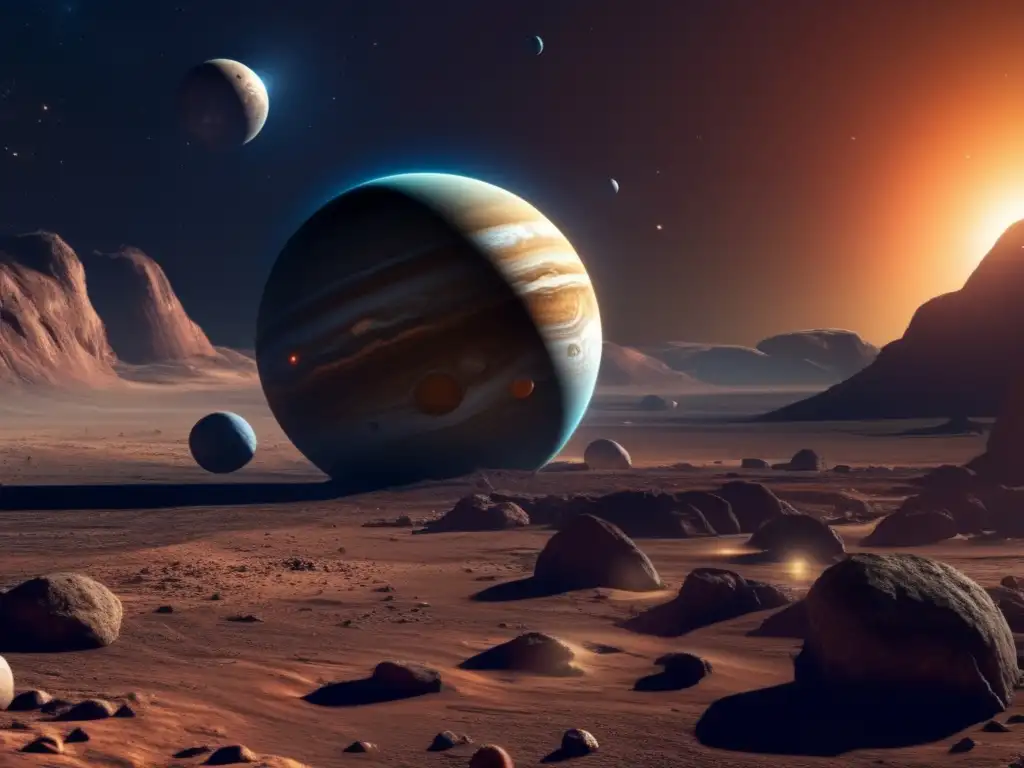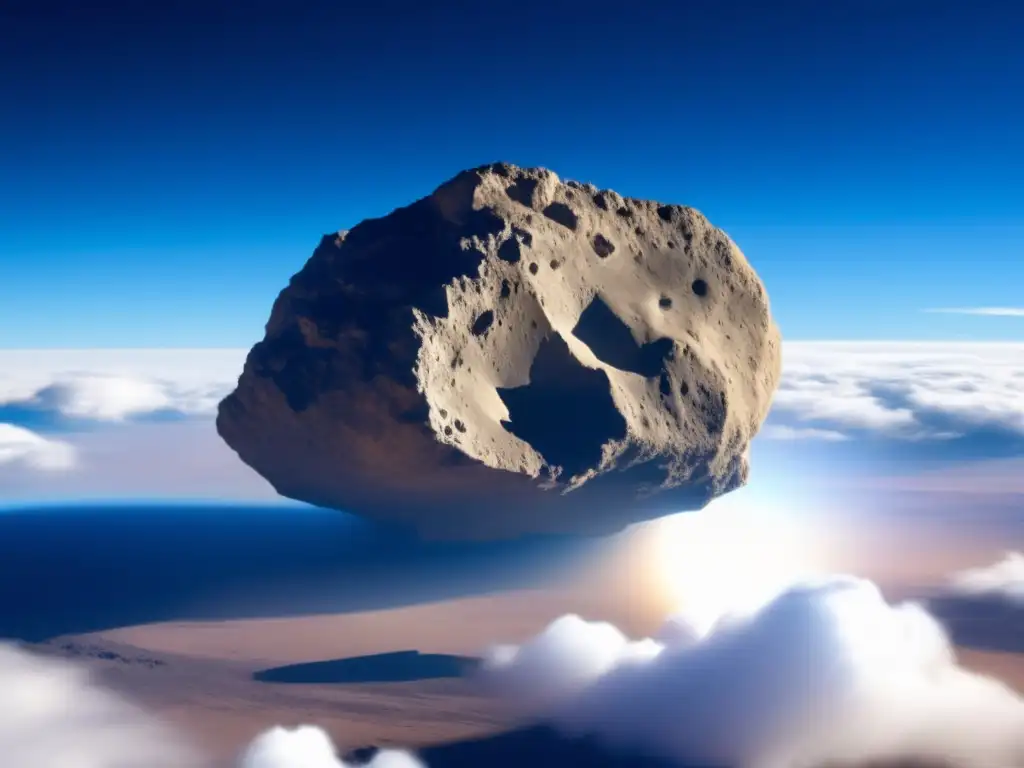2013 MZ5: A Milestone In Asteroid Discoveries

Introduction
Asteroid discoveries have been a crucial part of understanding the history and evolution of our solar system. These celestial objects offer insights into the formation and composition of planets, moons, and other cosmic bodies. In recent years, astronomers and scientists alike have been making milestone discoveries that have helped us better understand asteroids.
One such discovery was made in 2013 when the asteroid 2013 MZ5 was identified through observations made by the Pan-STARRS 1 telescope in Hawaii. This asteroid's discovery was significant, as it is one of the largest Near-Earth Objects (NEOs) known to date, with a diameter of approximately one kilometer (0.62 miles).
The Discovery of 2013 MZ5

The Pan-STARRS 1 Telescope
The Panoramic Survey Telescope and Rapid Response System (Pan-STARRS) is a group of astronomical telescopes located on the island of Maui, Hawaii. The Pan-STARRS 1 telescope is specifically designed to scan large areas of the sky quickly and accurately, making it an ideal instrument for discovering asteroids and other small celestial objects in our solar system.
Observations and Analysis
On June 18, 2013, the Pan-STARRS 1 telescope detected an object moving across the sky. Further analysis revealed that this object was a previously unknown asteroid, later designated as 2013 MZ5. The asteroid's orbit takes it relatively close to Earth, with a minimum distance of approximately six million kilometers (3.7 million miles).
The discovery of 2013 MZ5 was significant as it is one of the largest NEOs known to date. Its size and proximity to Earth make it a potential hazard, although its orbit does not pose an immediate threat to our planet.
Characteristics and Composition of 2013 MZ5

Size and Shape
As mentioned earlier, 2013 MZ5 has a diameter of approximately one kilometer (0.62 miles). This makes it one of the largest NEOs known to exist. Its shape is estimated to be irregular, with a lumpy and boulder-strewn surface.
Composition
While the exact composition of 2013 MZ5 is unknown, scientists believe that it is likely a carbonaceous chondrite asteroid. This type of asteroid contains a high percentage of water and organic compounds, making it a potential source of valuable resources for future space missions.
The Significance of 2013 MZ5

Potential Hazards
While the orbit of 2013 MZ5 currently does not pose a significant threat to our planet, the asteroid's size and proximity to Earth make it a potentially hazardous object. Understanding the characteristics and trajectory of the asteroid can help prepare us for any potential impact in the future. In addition, studying 2013 MZ5 can provide insights into how other large asteroids behave and how we can best protect ourselves from potential impacts.
Potential Resources
The composition of 2013 MZ5 makes it a potential source of valuable resources for future space missions. Carbonaceous chondrite asteroids contain a high percentage of water and organic compounds, which can be used to sustain human life and produce rocket fuel. Studying 2013 MZ5 and other similar asteroids can help us better understand how we can utilize these resources in space exploration and colonization.
Frequently Asked Questions

-
Is 2013 MZ5 a potential threat to Earth?
While the asteroid's orbit does not pose an immediate threat, its size and proximity to Earth make it a potentially hazardous object in the future. Studying its characteristics and trajectory can help us better prepare for any potential impact.
-
What is the composition of 2013 MZ5?
While the exact composition is unknown, scientists believe that it is likely a carbonaceous chondrite asteroid, meaning it contains a high percentage of water and organic compounds.
-
Why is studying asteroids like 2013 MZ5 important?
Studying asteroids provides valuable insights into the formation and evolution of our solar system. It can also help us better prepare for potential impacts and utilize resources for future space exploration and colonization.
-
What is the Pan-STARRS 1 telescope?
The Pan-STARRS 1 telescope is a group of astronomical telescopes located on the island of Maui, Hawaii, specifically designed to scan large areas of the sky quickly and accurately to detect small celestial objects such as asteroids.
-
How can we protect ourselves from potential asteroid impacts?
Understanding the characteristics and trajectory of asteroids can help us better prepare for potential impacts. This includes developing technologies to deflect or destroy asteroids and planning emergency response measures.
Conclusion
The discovery of 2013 MZ5 was a significant milestone in asteroid observations and studies. Its size and proximity to Earth make it a potentially hazardous object and a valuable resource for future space exploration. Understanding the characteristics and trajectory of this asteroid can provide insights into the evolution of our solar system and help us better prepare for any potential impacts. We encourage readers to continue exploring the fascinating world of asteroids and to share their thoughts and ideas through our website, Asteroid Realm.
Additional Resources

- NASA Asteroid Grand Challenge
- NASA Asteroid Watch
- International Astronomical Union: Planets and Dwarf Planets
 The Exciting Discovery Of 2004 FH: A Record Close Approach
The Exciting Discovery Of 2004 FH: A Record Close Approach The Path Of Pallas: The Discovery Of The Second Asteroid
The Path Of Pallas: The Discovery Of The Second Asteroid The Discovery And Study Of Near-Earth Asteroid 2006 RH120
The Discovery And Study Of Near-Earth Asteroid 2006 RH120If you want to discover more articles similar to 2013 MZ5: A Milestone In Asteroid Discoveries, you can visit the Asteroid Discoveries category.
Leave a Reply

Articulos relacionados: